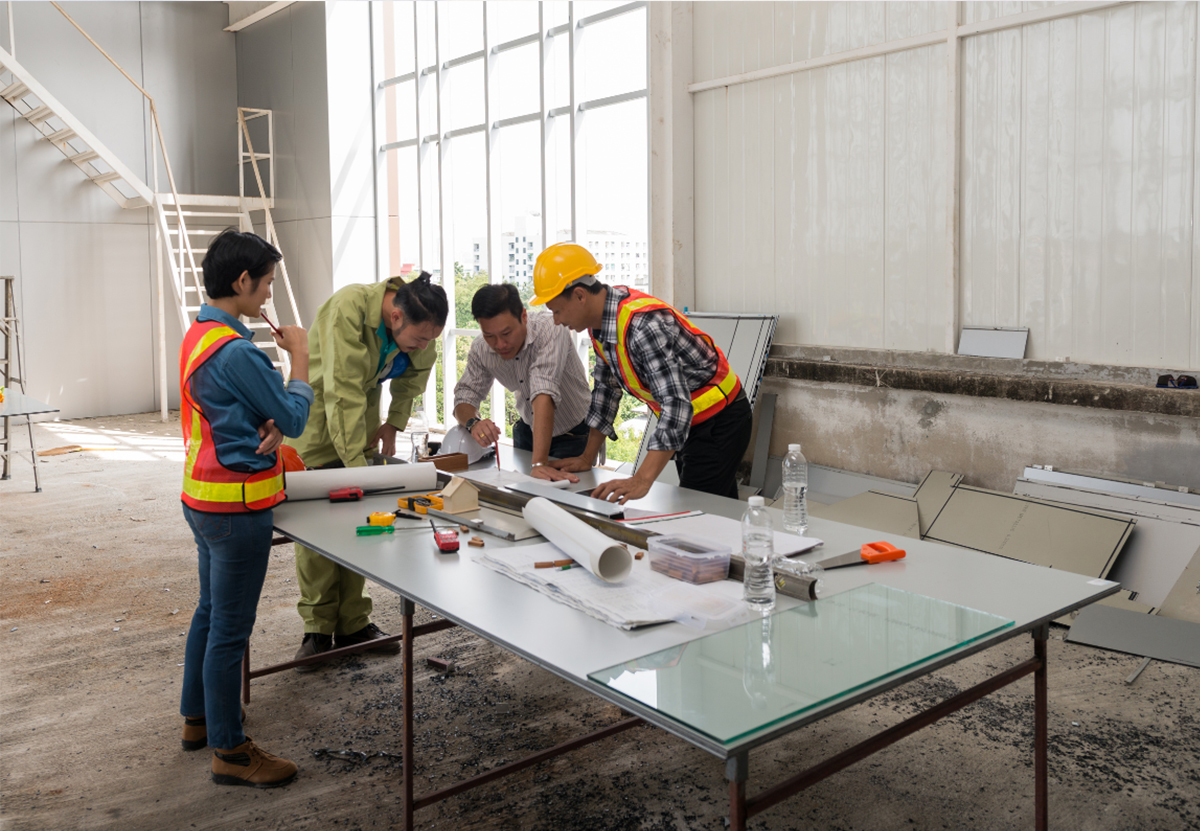
Retrofitting has become more than just an industry buzzword, it’s a necessity for buildings striving to remain safe, efficient, and future-ready. But why does it matter so much today? And what does it mean for building owners, facility managers, or anyone responsible for long-term property performance? If you’ve ever wondered whether your space needs building upgrades or questioned the long-term benefits of modern improvements, you’re not alone.
In a world where technology evolves quickly and sustainability expectations keep rising, many existing structures simply aren’t built to meet today’s demands. Retrofitting bridges that gap. It allows you to enhance performance without starting from scratch, giving older buildings a second life, stronger, smarter, and more adaptable.
As you move through this blog, you’ll see how retrofitting touches everything from safety to efficiency. You’ll discover how strategic updates can help you stay compliant, reduce risks, and ultimately protect your investment. So let’s explore what makes retrofitting essential, and why now is the perfect time to rethink how your building performs.
Retrofitting is no longer just an option—it’s becoming a necessity for buildings that need to keep up with modern demands. But what’s driving this shift, and why are more property owners paying attention? If you’ve ever looked at your building and wondered whether it’s prepared for the future, you’re already asking the right questions.
Today’s built environment is evolving faster than many structures were originally designed for. From changing safety expectations to advancements in building technologies, older systems simply struggle to keep pace. That’s where retrofitting steps in. It allows you to upgrade what you already have instead of starting from scratch—saving time, costs, and valuable resources.
Here’s what’s fueling the growing importance of retrofits:
- Aging infrastructure: Many buildings are operating with outdated systems that can no longer deliver reliable performance.
- Higher performance expectations: Tenants and occupants expect better comfort, better air quality, and better efficiency.
- Continuous modernization demands: Technology evolves rapidly, and buildings need to evolve with it to stay competitive.
- Stricter regulations: Codes and standards continue to tighten, and older buildings must adapt.
You might be surprised by how transformative strategic upgrades can be. Retrofitting helps you:
- Strengthen your building’s overall resilience
- Improve day-to-day operations without major disruptions
- Unlock long-term value through smarter system performance
With the right plan, retrofitting becomes more than a repair strategy—it becomes an investment in your building’s future. And as the industry continues to shift toward smarter, more resilient structures, staying ahead means embracing modernization one step at a time.
Key takeaways
Retrofitting is becoming essential for buildings aiming to stay safe, efficient, and aligned with modern expectations. As infrastructure ages and technology accelerates, strategic upgrades help improve performance, boost reliability, and keep properties compliant with evolving standards. By embracing modernization early, building owners can strengthen long-term value, enhance occupant comfort, and avoid costly disruptions down the line.
Looking ahead, the demand for smarter, more sustainable structures will only continue to rise. Now is the ideal time to assess your building’s needs, identify upgrade opportunities, and invest in solutions that support resilience and future growth. If you’re ready to take the next step, explore how a tailored retrofitting strategy can transform your property—and position it to thrive in the years ahead.
